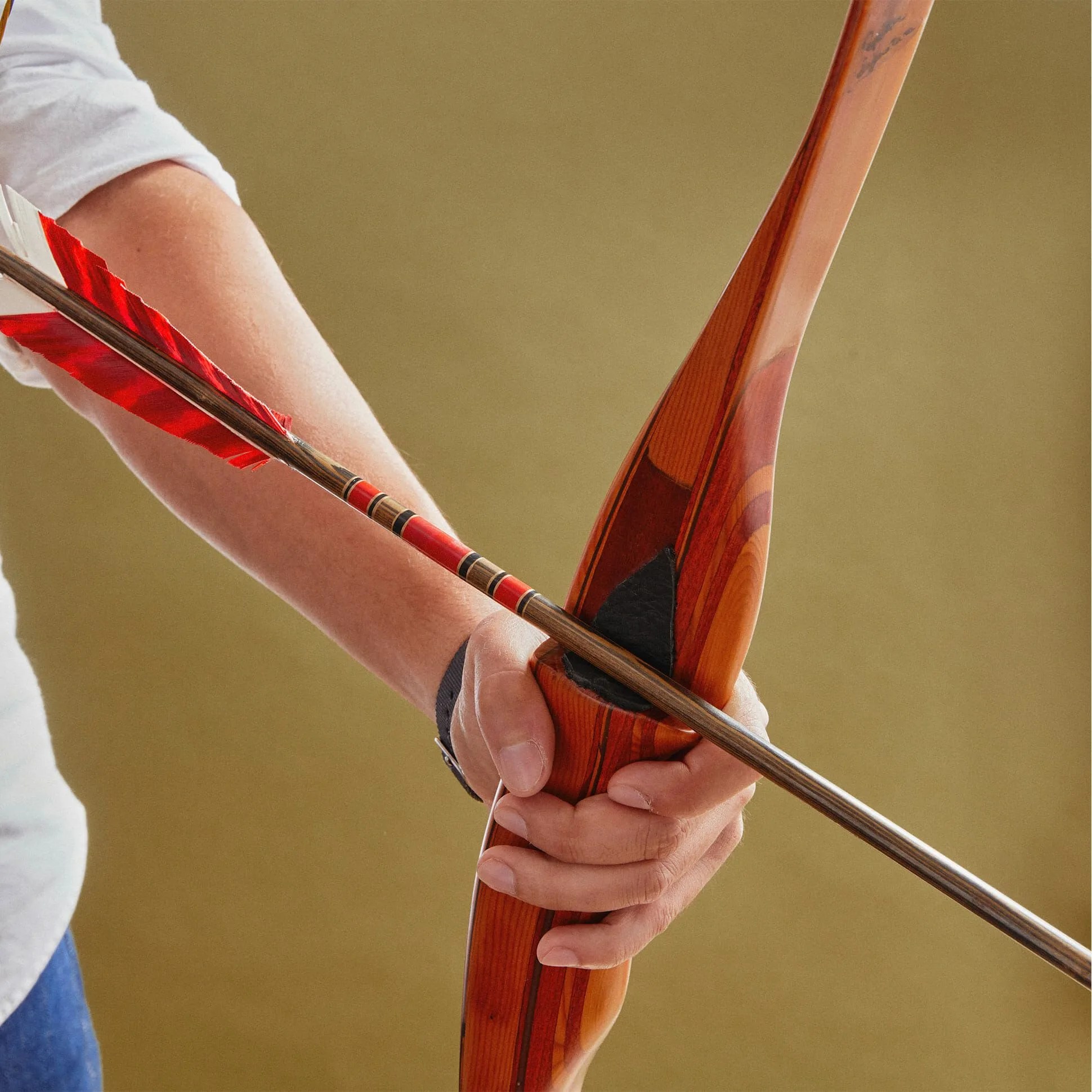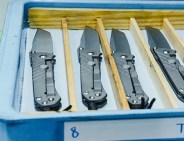A version of this article originally appeared in Issue 11 of Gear Patrol Magazine as part of a collection of profiles on craftspeople preserving dying arts. Subscribe today
Wander off the grid near Mt. Hood, Oregon, and there’s a chance you’ll stumble upon the solar-powered Raptor Archery workshop where Ted Fry handcrafts bows and arrows from wood, animal sinews and sharpened stone.
According to Fry, those aren’t the only ingredients: “A craftsman puts his heart and soul into every piece,” he says. And in addition to the material (and metaphysical) components, time is also a factor.
From felled tree to finished product, Fry spends up to 60 hours crafting one “self” bow from a single piece of wood — and that doesn’t count the time necessary to age, say, a Pacific Yew log to perfection before construction even begins, which can take years; bows require an exact balance of tension and compression for performance, and wood is a dynamic substance.
To foster the continuation of the craft, Fry teaches classes to everyone from troubled youths to Native American tribal councils. His lesson, aside from the actual bow-making, is that making something with your hands is its own reward — and that it’s often much, much harder than it seems.
“When schoolkids see the finished bows with $700, $1,000 price tags, they say ‘I’m gonna get rich,’” Fry says with a laugh. “By the end of the class, they say I don’t charge enough.”

